Phu bien tap luc means "recording the pacification of the people in the border areas". The book is an encyclopedia, but was completed by Le Quy Don in only about 6 months. The original Chinese manuscript is kept at the Saigon Archaeological Institute Library (6 volumes remain). The book was first published in 1972 through the translation of Le Xuan Giao.
Later, the Institute of History carefully examined, translated and edited, and published it as a book in 1977, as volume 1 of the complete works of Le Quy Don . Since then, due to the important role of the work, Phu Bien Tap Luc has been reprinted many times by different publishers.
According to the set of 6 volumes, volume 2: Mountain and river terrain, ramparts, headquarters, roads, ferry terminals, and stations in Thuan Hoa and Quang Nam is the volume containing the most detailed descriptions of the two archipelagos of Hoang Sa and Truong Sa.
Important ancient documents about Hoang Sa and Truong Sa
Le Quy Don's notes on Hoang Sa and Truong Sa in Phu Bien Tap Luc are considered important ancient documents, focusing on three main issues:
Regarding the geographical location and natural conditions of the Hoang Sa and Truong Sa archipelagos, Le Quy Don wrote: " Quang Ngai Prefecture, Binh Son District has An Vinh Commune near the sea. In the northeast of the sea, there are many islands and mountains of more than 130 peaks, separated by the sea. From one island to another, it takes a day or a few hours to reach. On the mountain, there is a place with a freshwater stream. In the island, there is a golden sandbank, about 30 miles long, flat, large, with clear water at the bottom. On the island, there are countless bird nests, thousands and tens of thousands of birds, when they see people, they perch around and do not avoid. On the bank, there are many strange things. There are elephant ear snails, which have seeds as big as the tip of a finger, sharp and opaque, not like pearls. The shell can be carved into playing cards, and lime can be burned to build houses..." (Le Quy Don; Phu Bien Tap Luc , translated by the Institute of History; Culture and Information Publishing House, 2007, page 154).
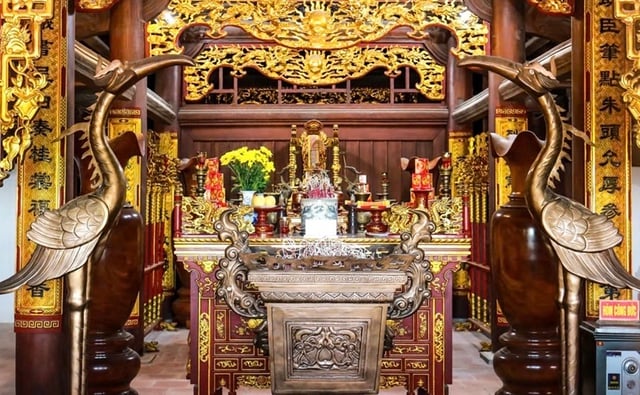
Le Quy Don's altar at the Le Quy Don scholar's memorial site in Dong Phu village, Le Quy Don commune, Hung Yen province
PHOTO: DOCUMENTARY

The book " Phu bien tap luc" published in Saigon in 1972
PHOTO: DOCUMENTARY
He described the characteristics and activities of the Hoang Sa and Bac Hai teams: "Before, the Nguyen Dynasty established the Hoang Sa team with 70 members, recruited people from An Vinh commune, assigned to shifts every year in February, received a dispatch letter, brought enough food for 6 months, traveled by 5 small fishing boats, went out to sea for 3 days and 3 nights to reach that island. Here, you can freely catch birds and fish to eat. You can get the ship's goods, such as swords, horses, silver flowers, money, silver balls, bronze objects, tin blocks, lead blocks, guns, ivory, beeswax, porcelain, war tools, and also collect tortoise shells, sea turtle shells, sea cucumbers, and many shells. When the 8th month comes, you return, enter Eo port, go to Phu Xuan citadel to submit, weigh and rank, then sell the shells, sea turtles, and sea cucumbers separately, then receive a certificate to return..." (cited book, page 155).
… "The Nguyen family also established the Bac Hai team, without specifying how many positions, either from Tu Chinh village in Binh Thuan, or from Canh Duong commune, whoever volunteered to go would be given a dispatch paper, exempted from tax and patrol fees, and allowed to go on small fishing boats to the Bac Hai areas, Con Lon island and the islands in Ha Tien, also assigned to Cai Doi Hoang Sa to manage. They only took all kinds of sea products, but gold and silver were rarely taken" (cited book, page 155).
Le Quy Don also referred to previous sources, such as the map Thien Nam Tu Chi Lo Do by Do Ba Cong Dao (mid-16th century), which noted "Bai Cat Vang (Hoang Sa) is about four hundred miles long, twenty miles wide, standing upright in the middle of the sea...".
There was a historical event specifically recorded by Le Quy Don that demonstrated the Chinese court's recognition and respect for the sovereignty of Vietnamese fishermen's activities: In the 18th year of the Qianlong reign (1753), 10 soldiers of the Hoang Sa team (called "An Vinh commune soldiers, Cat Vang team" in the official dispatch) were blown by the wind to Thanh Lan port (belonging to Quynh Chau prefecture, Hainan). The Qing Dynasty officials examined the food and returned them to their hometowns at the request of Lord Nguyen Phuc Chu. This incident showed that the Chinese government at that time was well aware of the activities of the Hoang Sa team and had exchanged official dispatches with the Thuan Hoa government (Dang Trong), and at the same time respected Vietnam's sovereignty enforcement activities on this archipelago.
Le Quy Don's recording of the activities of the Hoang Sa team - a militia team organized in a paramilitary form, operating under the name of the State to collect marine products and exercise sovereignty - provided authentic evidence that the Vietnamese state had established, managed and exercised sovereignty over Hoang Sa continuously and peacefully since before.
These documents prove that: Sovereignty over Hoang Sa and Truong Sa belonged to Dai Viet before the Le Quy Don period. The activities of exercising sovereignty were state management activities, taking place peacefully and continuously. Neighboring countries, including the Qing Dynasty (China), also recognized and respected Dai Viet's sovereignty over these two archipelagos. (to be continued)
Source: https://thanhnien.vn/phu-bien-tap-luc-va-chu-quyen-cua-nuoc-ta-tren-quan-dao-hoang-sa-truong-sa-18525110721315124.htm


![[Photo] Cutting hills to make way for people to travel on route 14E that suffered landslides](https://vphoto.vietnam.vn/thumb/1200x675/vietnam/resource/IMAGE/2025/11/08/1762599969318_ndo_br_thiet-ke-chua-co-ten-2025-11-08t154639923-png.webp)





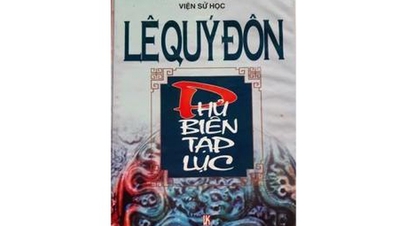




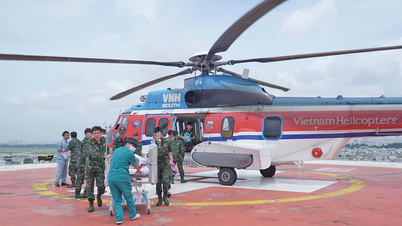



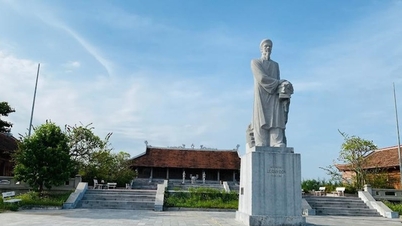

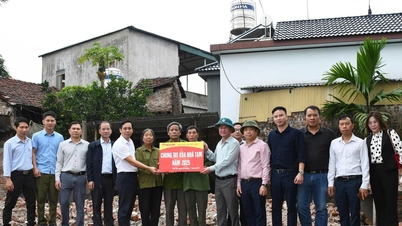



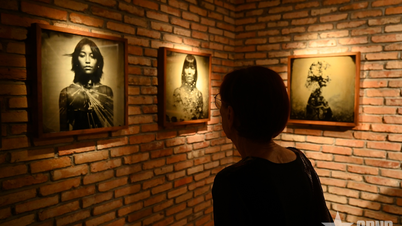

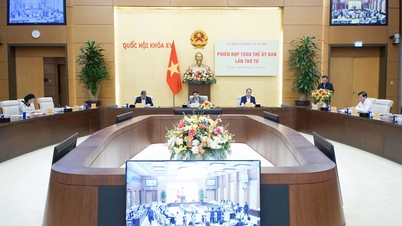



















![[Video] Hue Monuments reopen to welcome visitors](https://vphoto.vietnam.vn/thumb/402x226/vietnam/resource/IMAGE/2025/11/05/1762301089171_dung01-05-43-09still013-jpg.webp)


























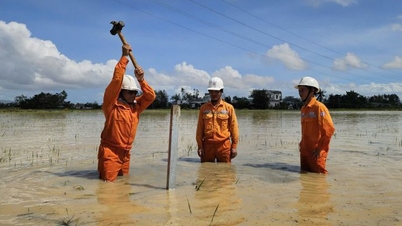


















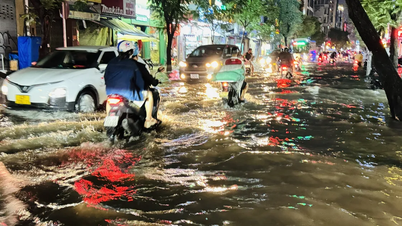
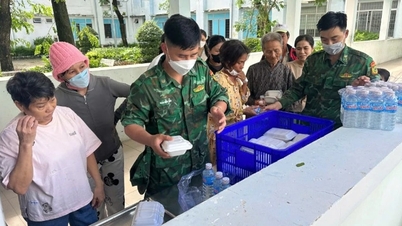
















Comment (0)